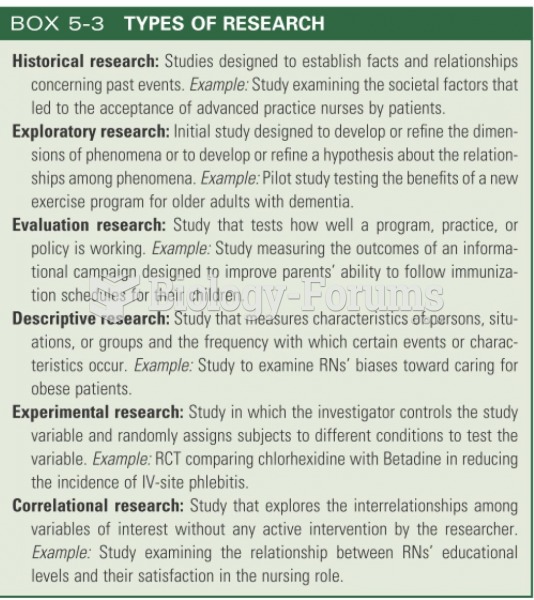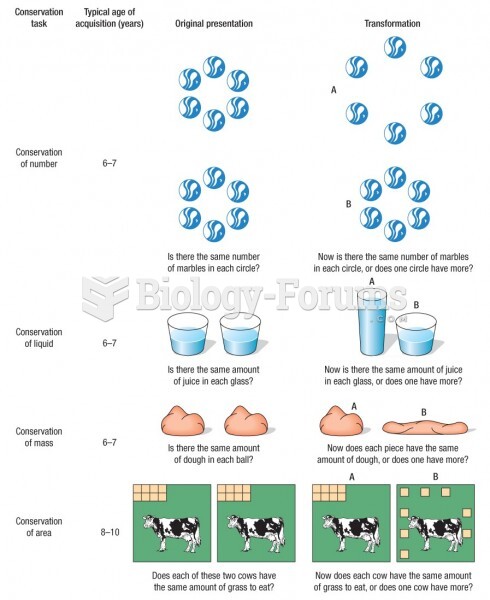Answer to Question 1
ANS: A, C, D
A research proposal is a written plan that identifies the major elements of a study, such as the research problem, purpose, and framework, and outlines the methods and procedures to conduct the proposed study. A proposal is a formal way to communicate ideas about a study to seek approval to conduct the study and obtain funding. Researchers, seeking approval to conduct a study, submit the proposal to a select group for review and, in many situations, verbally defend the proposal. Receiving approval to conduct research has become more complicated because of the increasing complexity of nursing studies, the difficulty involved in recruiting study participants, and rising concerns over legal and ethical issues. The research report includes four major sections or content areas: (1) introduction, (2) methods, (3) results, and (4) discussion of the findings. The introduction customarily contains both the literature review and the study framework.
Answer to Question 2
ANS: B, D, E, F, G, H
A research proposal is a written plan that identifies the major elements of a study, such as the research problem, purpose, and framework, and outlines the methods and procedures to conduct the proposed study. A proposal is a formal way to communicate ideas about a study to seek approval to conduct the study and obtain funding. Researchers, seeking approval to conduct a study, submit the proposal to a select group for review and, in many situations, verbally defend the proposal. Receiving approval to conduct research has become more complicated because of the increasing complexity of nursing studies, the difficulty involved in recruiting study participants, and rising concerns over legal and ethical issues. The research report includes four major sections or content areas: (1) introduction, (2) methods, (3) results, and (4) discussion of the findings. The introduction customarily contains both the literature review and the study framework.







